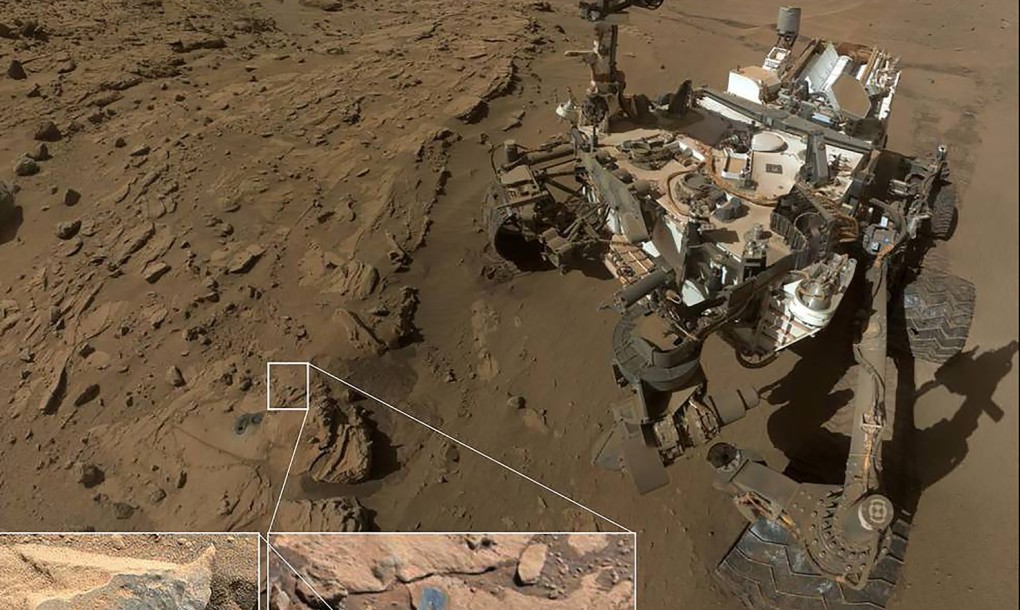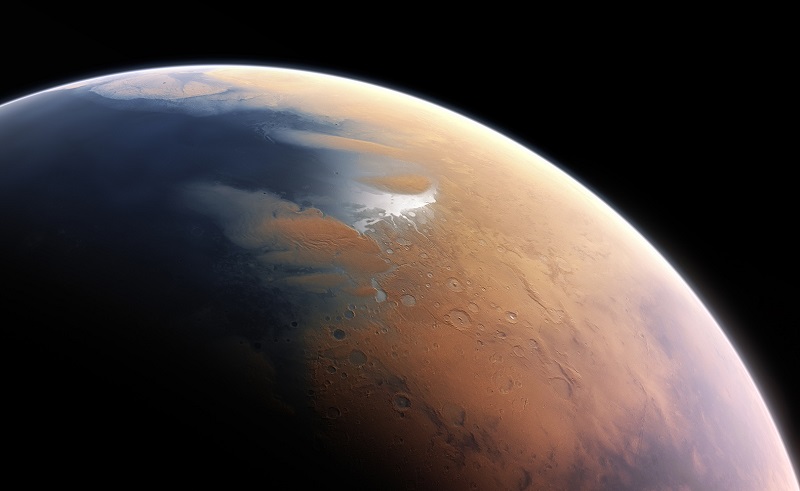
Traces Of Manganese Found On Mars, Hint Of Life On Planet?
NASA’s racked up some thrilling new finds about Mars lately, and they’re at it again. The Curiosity Rover discovered manganese oxides on the red planet. The seemingly simple find actually has mind-boggling implications: ancient Mars could have been a lot more like Earth than we thought.

During research in Mars’ Gale crater, in the Kimberley Region, the Curiosity Rover detected manganese oxides. Los Alamos National Laboratory planetary scientist Nina Lanza said in a NASA press release, “Now we’re seeing manganese oxides on Mars, and we’re wondering how the heck these could have formed?” According to Lanza, on Earth, the process to make such manganese oxides involves either microbes or atmospheric oxygen.
Turns out microbes are probably out of the realm of possibility, at least based on research up to this point, but atmospheric oxygen is a strong possibility. That means Mars probably had a lot more oxygen in its atmosphere at one point. The Gale crater isn’t the only place where manganese was detected. NASA’s Opportunity rover also recently found “high manganese deposits thousands of miles from Curiosity.”

So what happened to all that Martian oxygen? Lanza said as Mars lost its magnetic field, the water once on the planet could have broken down. As the magnetic field fell apart, radiation may have split the water molecules into oxygen and hydrogen. Without much gravity, light hydrogen atoms escaped, but the planet retained the heavier oxygen atoms. The oxygen helped create the red dust for which Mars is known. That particular process doesn’t need much oxygen, but for manganese oxides to form, there would have had to be far more oxygen than we thought Mars had.
Lanza said, “It’s hard to confirm whether this scenario for Martian atmospheric oxygen actually occurred. But it’s important to note that this idea represents a departure in our understanding for how planetary atmospheres might become oxygenated.” She’s the lead author on a paper published this month in Geophysical Research Letters. Several other scientists from the U.S., Canada, France, Denmark, and Sweden contributed to the research.